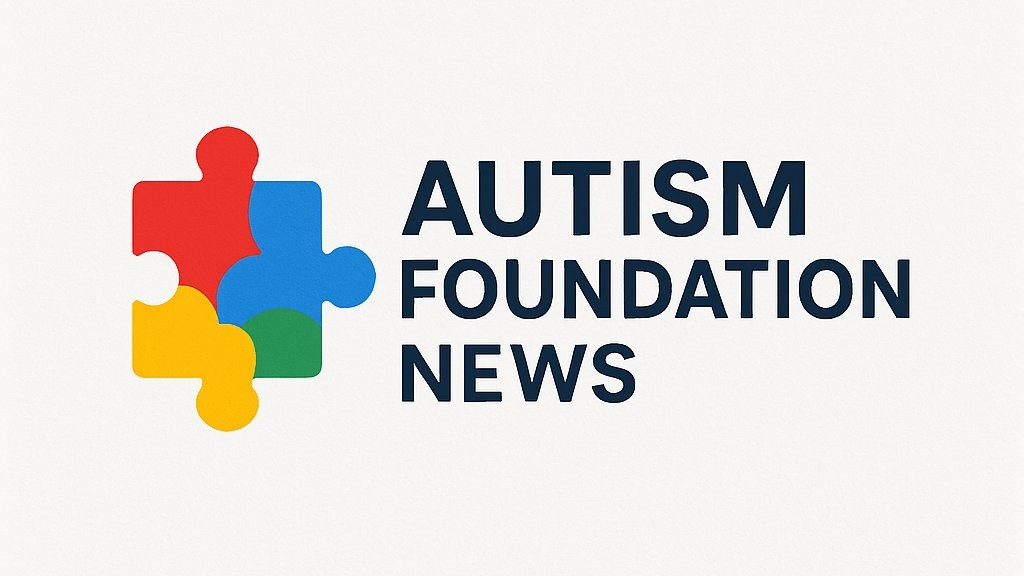
Mindfulness Misunderstood: The Hidden Risks of Its Attitudes
In recent years, mindfulness has become a widely embraced practice, particularly among individuals seeking to enhance their emotional well-being. However, as its popularity has surged, there have been increasing discussions around the misapplication of the Nine Attitudes of Mindfulness. These attitudes, articulated by Jon Kabat-Zinn, include qualities like non-judging, patience, beginner’s mind, trust, non-striving, acceptance, letting go, gratitude, and generosity.
While these principles offer valuable guidance, they can transform from helpful reminders into rigid idealisms when misunderstood or over-applied. Imagine a person navigating the complexities of everyday life, trying to implement these attitudes at every turn; confusion and passivity can rapidly set in. Instead of enhancing well-being, the very tools meant to promote mindfulness can inadvertently lead to harm.
Understanding the Nuances: A Balanced Perspective
In my experience working with individuals on the autism spectrum—alongside their parents and caregivers—balancing mindfulness attitudes becomes even more crucial. It’s important to understand these attitudes dialectically, recognizing both their intent and limitations.
For example, when considering the attitude of non-judging, the intention is to observe thoughts without boxing them into categories of good or bad. However, misapplication can lead to situations where harmful behaviors are tolerated in the name of acceptance. In a therapeutic context, this could mean allowing disruptive behaviors to persist, ultimately undermining progress.
The Danger of Misinterpretation: Purpose vs. Misapplication
When navigating relationships—whether with family or friends—applying mindfulness ought to come with discernment. A classic example is the attitude of patience. While it suggests that things unfold in their own time, it can be misinterpreted as an excuse to remain in toxic environments, mistakenly believing that 'waiting it out' equates to growth.
Furthermore, the principle of beginner’s mind encourages us to meet every experience with openness. However, this can backfire if one ignores previous learnings that offer a roadmap through challenging circumstances. The essence of mindfulness lies not in discarding valuable lessons but in blending new insights with established knowledge.
Moving Forward with Mindfulness: Practical Insights
How can we adopt a more balanced approach to mindfulness that embraces its strengths while being aware of its potential pitfalls? Here are a few strategies to consider:
- Reflective Practice: Regularly reflect on your application of mindfulness attitudes. Are they enhancing your well-being, or are they being misapplied in your day-to-day life?
- Contextual Awareness: Understand the context in which you employ these attitudes. Mindfulness is not a one-size-fits-all practice; it needs to be adapted to fit individual situations.
- Encouraging Dialogue: Engage in discussions about mindfulness within your community. Sharing experiences can highlight diverse interpretations and applications, creating a richer understanding of the attitudes.
Conclusion: An Invitation to Reflect
As we embrace mindfulness, especially in therapeutic settings for individuals with autism, it is essential to remember that these attitudes should be flexible. Allow yourself the grace to evaluate how you apply them. By consciously navigating the nuanced landscape of mindfulness, we can foster a practice that is both enriching and supportive, minimizing the risk of harm.
If you or someone you know is interested in exploring mindfulness further, consider engaging with local mindfulness programs or workshops. There are myriad accessible resources designed to provide deeper insights into effective mindfulness practices.
 Add Row
Add Row  Add
Add 




Write A Comment